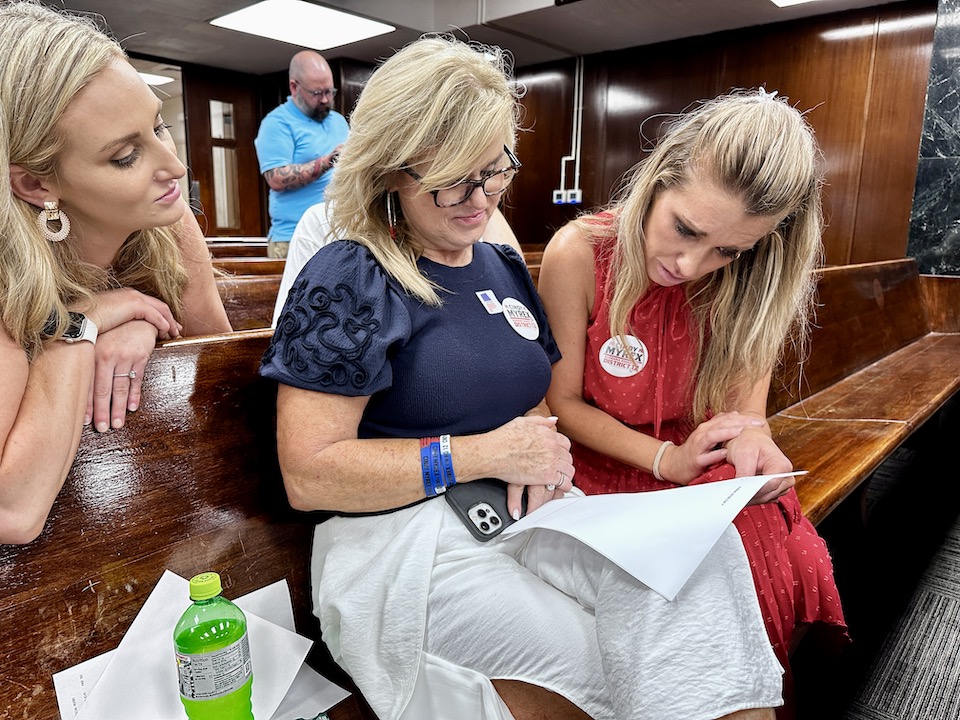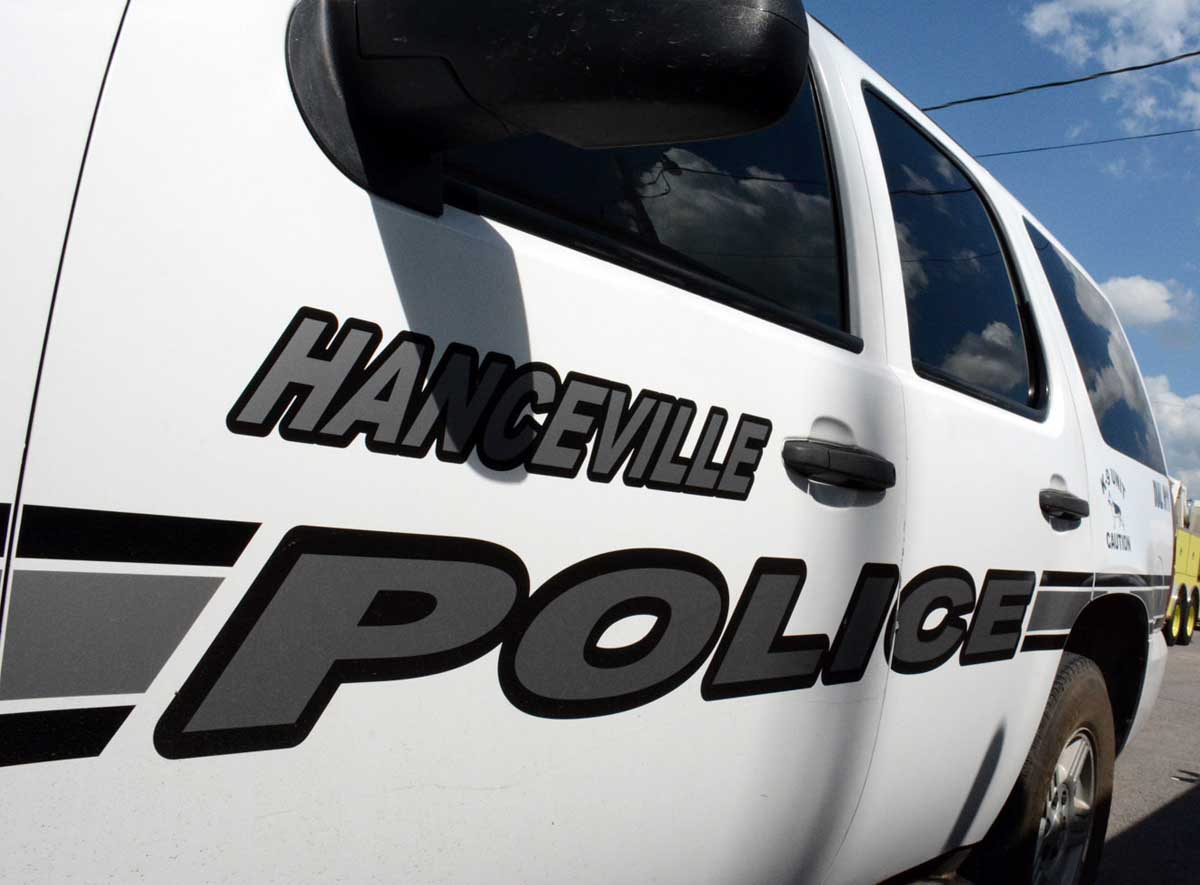The deadly Okla. storm that chased down the storm chasers
Published 10:10 am Monday, June 3, 2013
It was the storm that chased down the storm chasers. The twister that formed Friday near El Reno, Okla., moved in an eccentric, juking path toward the east, and it overtook a pack of storm chasers and fleeing motorists who found themselves caught up in traffic during rush hour.
Trending
Among the 13 reported fatalities were veteran tornado researcher Tim Samaras, 55; his son, Paul, 24; and colleague Carl Young, 45. How these three experienced chasers met disaster remained unclear Monday, nearly three days after the incident. Video footage showed a mangled, unrecognizable vehicle in which they had reportedly been stalking the storm.
The tragedy has roiled the increasingly competitive field of storm chasing and has raised the question of whether there are too many people getting too close to violent maelstroms. John Francis, vice president for research, conservation and exploration at the National Geographic Society, which gave Samaras 18 grants over the past decade, said he fears that there are too many people jamming the roadways in pursuit of twisters and that this might have contributed to Friday’s fatalities.
“It reminds me a little bit of Everest,” Francis said Monday. “When you have a few people climbing, it’s fine. If you have a bunch of people stacked up and a bad situation occurs, it can be devastating. . . . What is an important science practice and one that is informative for the public can suddenly become an opportunity for disaster.”
Trending
Samaras, who had appeared on Discovery Channel’s “Storm Chasers” program, was not considered reckless. He specialized in putting instruments, some handcrafted and customized, into the path of storms to measure their wind velocities, pressure drops and other characteristics.
He missed the big tornado that hit Moore, Okla., on May 20, but only because he was chasing another twister moving across the state. At one point, he got within 500 feet of it. The funnel tracked across four miles of open country and created, as Samaras put it the next day in a telephone interview with The Washington Post, “a near-perfect data set.”
Tornadoes can be eccentric, and the one near El Reno was shrouded in rain and hard to see clearly. Many motorists might have thought they could drive away from the tornado. At least one local TV meteorologist had suggested that tactic. But Interstates 35 and 40 turned into parking lots.
The twister caught many storm chasers by surprise, including Weather Channel meteorologist Mike Bettes and two photographers. Their SUV, emblazoned with the channel’s logo and the words “Tornado Hunt,” was tossed 200 yards by the twister. The driver, Austin Anderson, suffered multiple broken bones and will need surgery.
“Hopefully our mishap will teach us all to respect the weather & be responsible & safe at all costs. I thought I was doing the right thing, but obviously I wasn’t. Lesson learned the hard way,” Bettes said on his Facebook page.
Two years ago, Bettes warned that some chasers were getting too reckless.
“An increasing trend I see happening is chasers try to get as close as possible to one-up their competition and cash in on dramatic video,” he said in an broadcast segment. “And the one thing I always hear from professional chasers is how safety is their number one concern and warning the public is their number one priority. Me? I call BS on that one. While you’re being hit by debris and being flipped by your car by a tornado, you’re not very concerned about your safety or anyone else’s. You’re setting a bad example for a young generation of chasers who follow your lead.”
In an interview with NationalGeographic.com, Samaras noted the explosion of storm chasing in recent years. “On a big tornado day in Oklahoma, you can have hundreds of storm chasers lined up down the road. Oklahoma is considered the mecca of storm chasing. We know ahead of time when we chase in Oklahoma, there’s going to be a traffic jam.”
On the Weather Underground blog, Jeff Masters discussed the confluence of factors that might have contributed to Friday’s tragedy. “Tornadoes by their nature are unpredictable, and can change course unexpectedly, or pop up suddenly,” he wrote. “It’s particularly dangerous when a tornado is wrapped in rain, making it hard to see, or if a chaser is operating in a heavily populated area, where roads may suddenly become congested. All four of these conditions occurred Friday during the El Reno tornado.”
National Geographic Society spokeswoman Barbara Moffet said she and her colleagues were shocked when they heard Sunday that Samaras had been killed.
“As careful as Tim was, he was meticulous with forecasting and planning, but with the vagaries of nature, sometimes it just catches up with you. You can’t control it,” she said.
Samaras is survived by his wife, Kathy, and two adult daughters. The Samaras family released a statement over the weekend, saying, in part, “Tim had a passion for science and research of tornadoes. He loved being out in the field taking measurements and viewing mother nature. His priority was to warn people of these storms and save lives. Paul was a wonderful son and brother who loved being out with his Dad. He had a true gift for photography and a love of storms like his Dad. They made a special team. They will be deeply missed. We take comfort in knowing they died together doing what they loved.”





